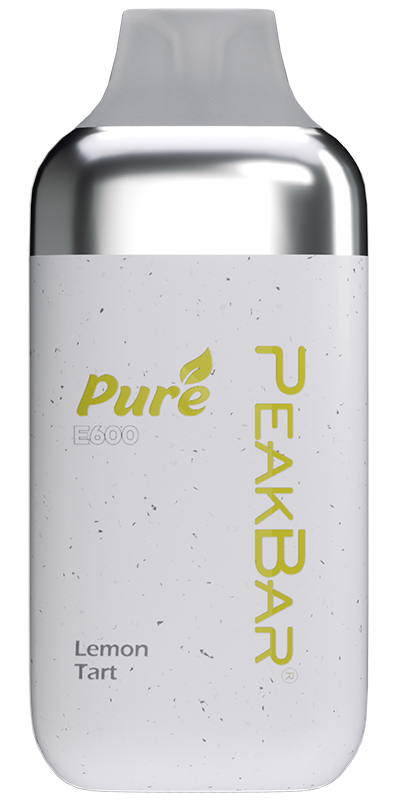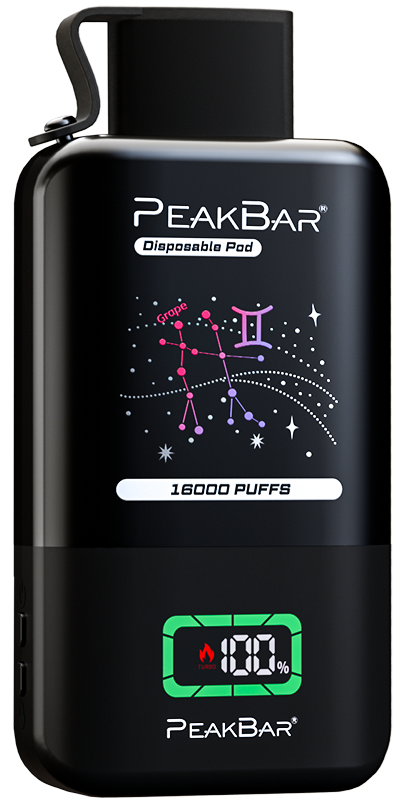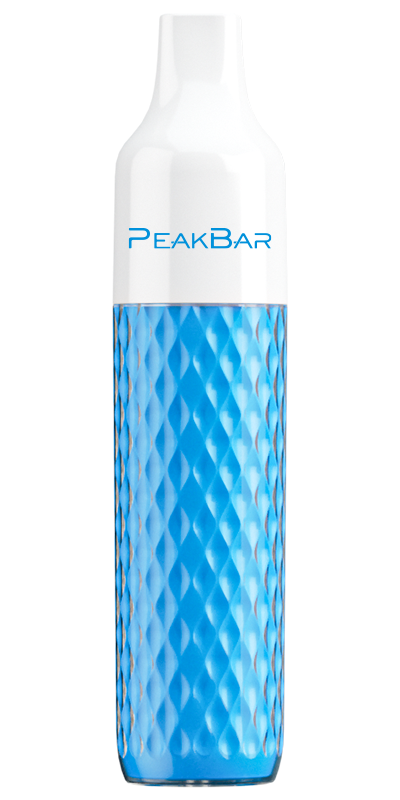With more and more people sharing their stories of successful smoking cessation using vaping, using vaping as a tool to quit smoking can be an effective approach for some individuals.

Vaping vs Smoking
The primary difference between vaping and smoking lies in the way the substances are consumed and the resulting byproducts.
Method of Consumption: Smoking involves the combustion of tobacco or other plant material, which produces smoke that is inhaled into the lungs. Vaping, on the other hand, involves heating a liquid (e-liquid or vape juice) that contains nicotine, flavorings, and other substances. The heated liquid turns into vapor, which is then inhaled into the lungs.
Presence of Combustion: Smoking relies on combustion, which creates smoke that contains various harmful chemicals, toxins, and tar. Vaping, on the other hand, does not involve combustion. Instead, it heats the e-liquid to create vapor, which generally contains fewer harmful chemicals compared to smoke.
Odor and Residue: Smoking produces a distinct and often strong odor that can linger on clothing, hair, and in the surrounding environment. Smoke also leaves behind residues, such as ash and cigarette butts. Vaping, in comparison, typically produces a less noticeable odor, and the vapor dissipates more quickly. However, some flavored e-liquids may leave a residual scent.
Nicotine Delivery: Both smoking and vaping can deliver nicotine to the user, but the amount and speed of nicotine absorption may differ. Smoking cigarettes delivers nicotine more rapidly to the bloodstream, while vaping allows for more control over nicotine levels and the ability to gradually reduce the nicotine strength.
It's important to note that while vaping may be seen as a potentially less harmful alternative to smoking, it is not without risks, particularly for non-smokers and young individuals. It is advisable to consult with healthcare professionals and make informed decisions based on individual circumstances and health considerations.

What are the advantages of vape, compared with smoking?
Vaping is often considered to have certain advantages over traditional smoking. Here are some potential advantages of vaping compared to smoking:
Reduced Harmful Chemicals: Vaping involves heating e-liquids rather than burning tobacco, which can result in the production of fewer harmful chemicals and toxins. While not completely risk-free, vaping is generally believed to be less harmful than smoking.
Control Over Nicotine Levels: Vaping allows users to have more control over their nicotine intake. E-liquids come in various nicotine strengths, providing the ability to gradually reduce nicotine levels over time. This can be helpful for those looking to quit or reduce their nicotine dependence.
Less Lingering Odor: Vaping typically produces a less noticeable odor than smoking. The vapor from e-cigarettes tends to dissipate more quickly and is less likely to leave a lingering smell on clothing, hair, or in the surrounding environment.
Variety of Flavors: Vaping offers a wide range of e-liquid flavors, providing users with more options and the ability to customize their vaping experience. This can make vaping more enjoyable for some individuals and help curb cravings for the taste of traditional cigarettes.
No Ash or Combustion Byproducts: Vaping does not produce ash, cigarette butts, or other combustion byproducts, reducing the mess and environmental impact associated with smoking.
Social Acceptance: Vaping is often more socially accepted in certain settings where smoking is prohibited. Many places that ban smoking may allow vaping, although it is essential to respect the rules and regulations of specific locations.
Potential Cost Savings: While the initial investment in a vaping device may be higher, in the long run, vaping can be more cost-effective than smoking traditional cigarettes. The cost of e-liquids and replacement coils is often lower compared to the ongoing expense of purchasing cigarettes.
It's advisable to make informed decisions based on individual circumstances, consult healthcare professionals, and adhere to regulations and guidelines related to vaping in your area.

How to quit smoking?
Here are some steps to consider when using vaping as a means to quit smoking:
Set a Quit Date: Choose a specific date to stop smoking cigarettes and start your vaping journey. This will help you mentally prepare for the transition.
Choose the Right Vaping Device: Select a vaping device that suits your needs and preferences. Consider factors such as size, battery life, ease of use, and nicotine strength options. PeakBar disposable vape is a good choice for starters.
Start with a Nicotine Level Similar to Cigarettes: If you are a heavy smoker, begin with a higher nicotine concentration in your e-liquid. Over time, you can gradually decrease the nicotine strength to wean yourself off nicotine addiction. There are 20mg and 50mg disposable vape pens for your options within PeakBar disposable vape brands.
Experiment with Flavors: Explore different e-liquid flavors to find ones that you enjoy. This can make the transition more enjoyable and help curb any cravings for the taste of traditional cigarettes. Welcome to discover disposable vape flavors from PeakBar disposable e-cigarettes.
Create a Plan: Develop a vaping schedule and stick to it. Determine when and where you will vape, especially during times when you would typically smoke a cigarette.
Seek Support: Consider joining support groups, online communities, or reaching out to friends and family who can offer encouragement and guidance during your quit-smoking journey.
Gradually Reduce Nicotine Strength: As you become comfortable with vaping, gradually decrease the nicotine strength in your e-liquids. This will help reduce your dependence on nicotine over time.
Stay Positive and Persistent: Quitting smoking is a challenging process, and setbacks may occur. Stay positive, remind yourself of the reasons you want to quit smoking and persist in your efforts.
Remember, it is advisable to consult with healthcare professionals or smoking cessation specialists for personalized advice and support tailored to your specific needs and circumstances.













 EN
EN
